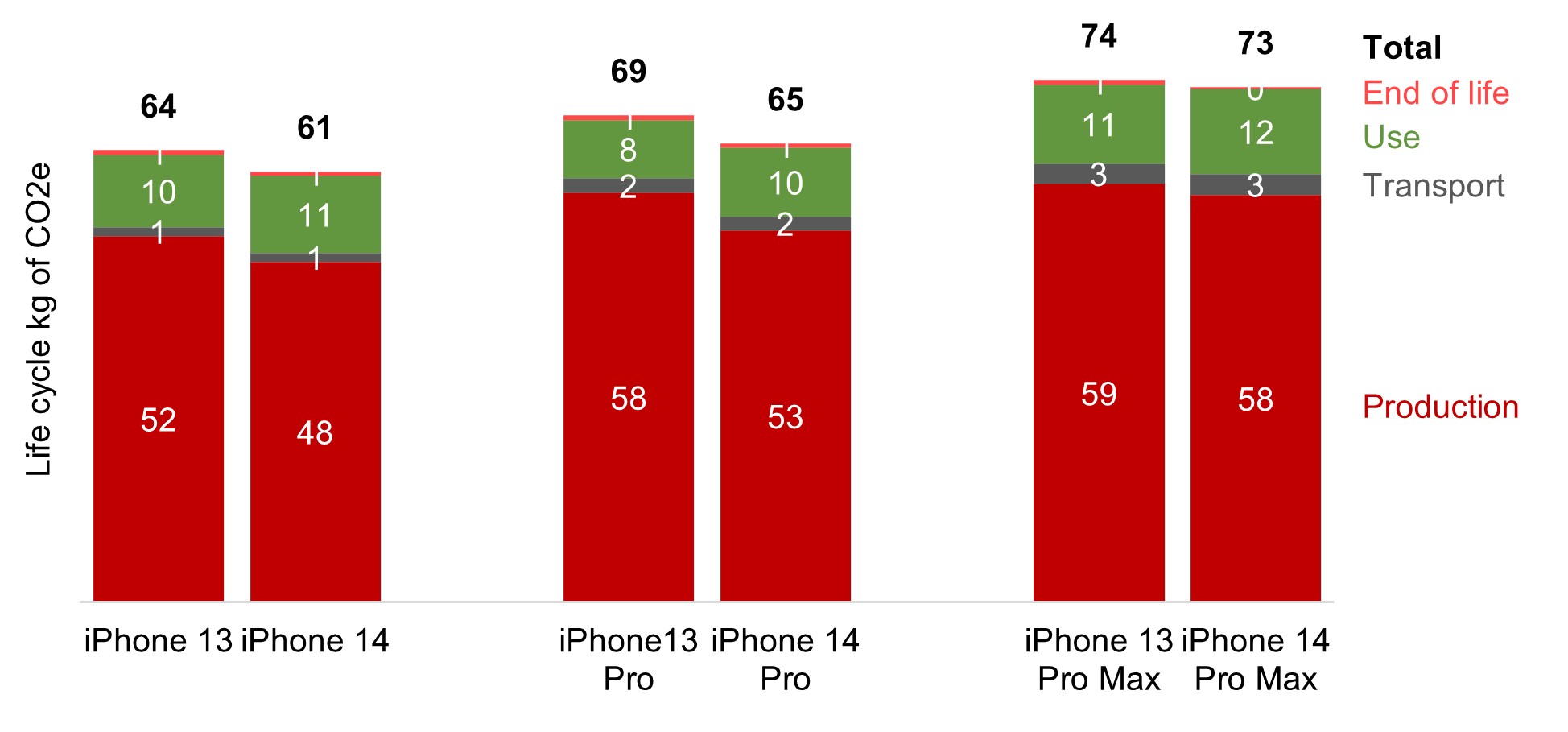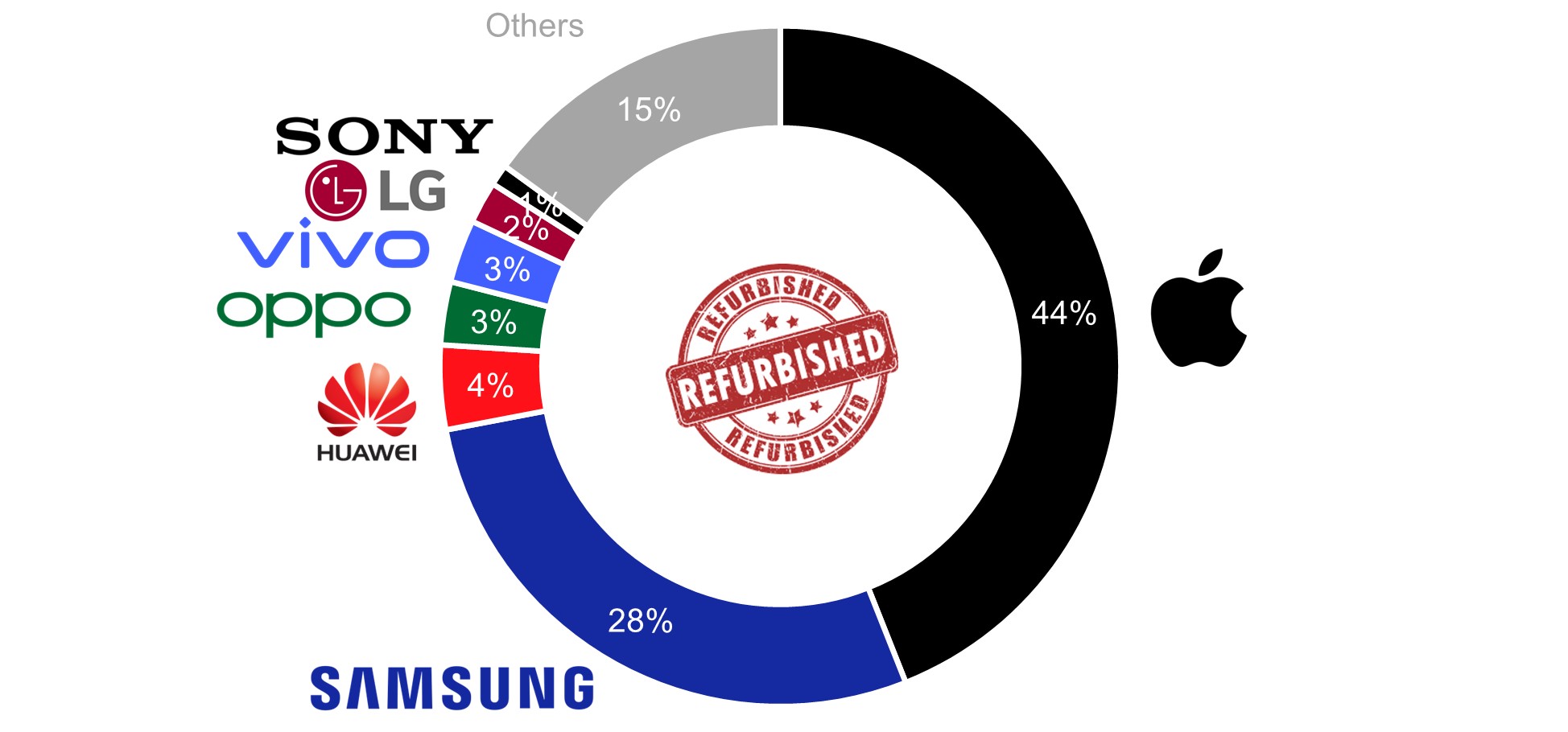Over the last few months, various OEMs have been busy touting their sustainability credentials. At the launch of its latest foldable smartphones in early August, Samsung emphasised its ‘Galaxy for the Planet’ initiative, a sustainability platform which establishes a set of targets to be reached by 2025 to reduce Samsung’s environmental footprint and lessen resource depletion from production to disposal of its Galaxy products. And in early September, HMD Global introduced ‘Circular’, a new sustainability subscription service that aims to give Nokia devices a second life through recycling, refurbishing and re-subscribing. Then, at its launch event last week, Apple went to great lengths to outline the eco-friendliness of its new devices.
Let’s take the iPhone 14 Pro as an example. Using Apple’s own words, the iPhone 14 Pro is “designed to minimise its impact on the environment, with 100% recycled rare earth elements used in all magnets, including those used in MagSafe, and 100% recycled tungsten in the Taptic Engine. The model also includes 100% recycled tin in the solder of multiple printed circuit boards, and 100% recycled gold in the plating of multiple printed circuit boards and in the wire of all cameras. Fiber-based packaging does not use outer plastic wrap, bringing Apple closer to its goal of completely removing plastic from all packaging by 2025”.
Sustainability highlights of the iPhone 14 Pro

All the focus on recycled materials has resulted in a drop in carbon emissions throughout the new devices’ life cycles compared to last years’ iterations. For example, the iPhone 14 has a carbon footprint of 61kg of CO2e, down from 64kg for the iPhone 13, and the iPhone 14 Pro has a carbon footprint of 65kg of CO2e compared to 69kg for the iPhone 13 Pro. This reduction in carbon footprint is mostly down to the increased use of recycled materials and a more efficient supply chain, meaning that the production proportion of the phone’s life cycle has dropped by as much as 10%.
One concerning point, however, was the increase in carbon emissions through the use of the new devices. This is especially true with the iPhone 14 Pro, where carbon emissions through use have increased by 18% compared to the iPhone 13 Pro (9.8kg CO2e versus 8.3kg CO2e). This could be down to the iPhone 14 Pro’s use of the new A16 Bionic chip, although Apple claim the A16 is 15-20% more efficient than the A15. Perhaps then it is due to the slightly upgraded Pro Motion display?
Carbon footprints for current and previous iPhones

Another interesting point is how much of the carbon footprint is accounted for by the manufacturing of the devices (around 80%). Yes, this is on the way down, but still accounts for the vast proportion of the phone’s life cycle. It is heartening, therefore, to see that iPhones are the most popular second-hand phones globally. Refurbished iPhones are a great way to ensure that the significant carbon emissions of producing a new iPhone go towards multiple lives of the device, not just one.
Refurbished smartphone sales, 2021

Apple also reiterated its carbon neutrality goals: by 2030, Apple plans to be 100% carbon neutral across its entire manufacturing supply chain and all product life cycles. This means that every Apple device sold, from component manufacturing, assembly, transport, customer use, charging, all the way through recycling and material recovery, will have net-zero climate impact. Setting ambitious goals such as this is vital in creating a sustainable future for the smartphone industry. With Apple’s resources and momentum, its target looks achievable.

